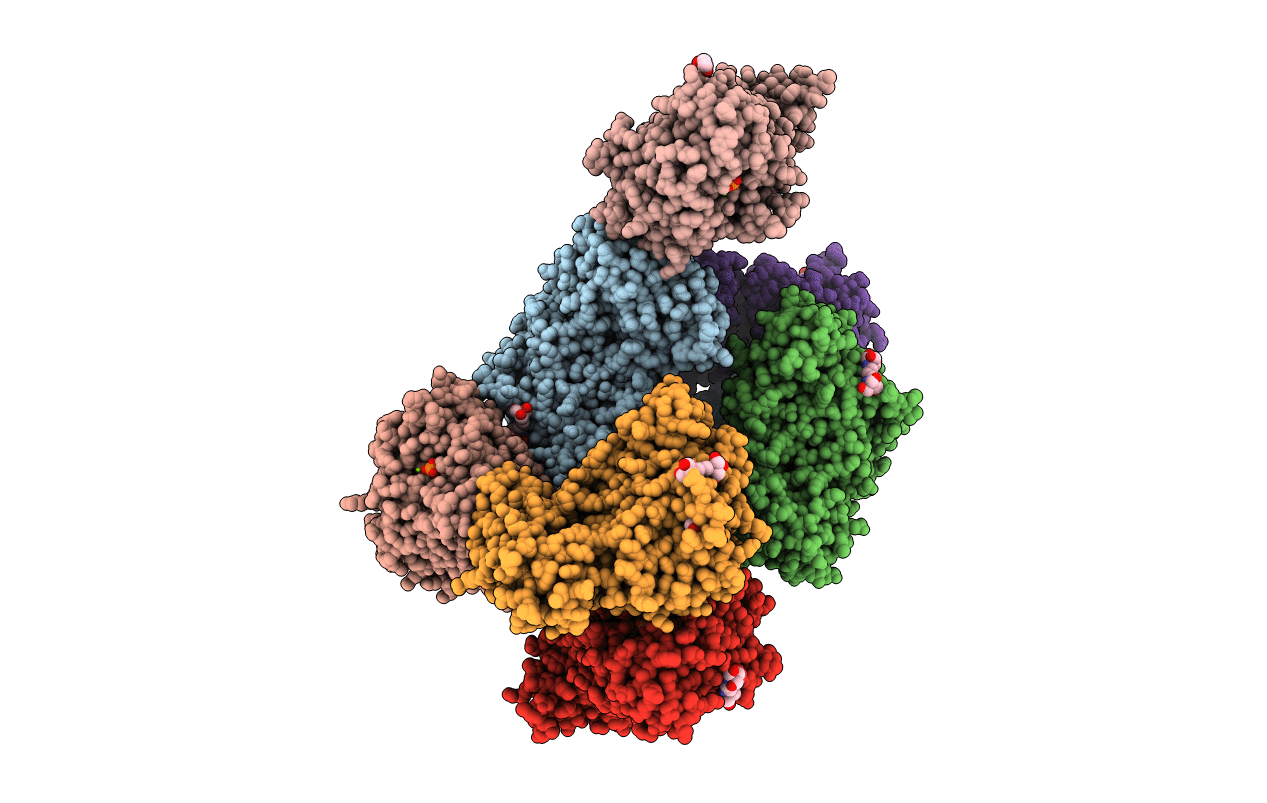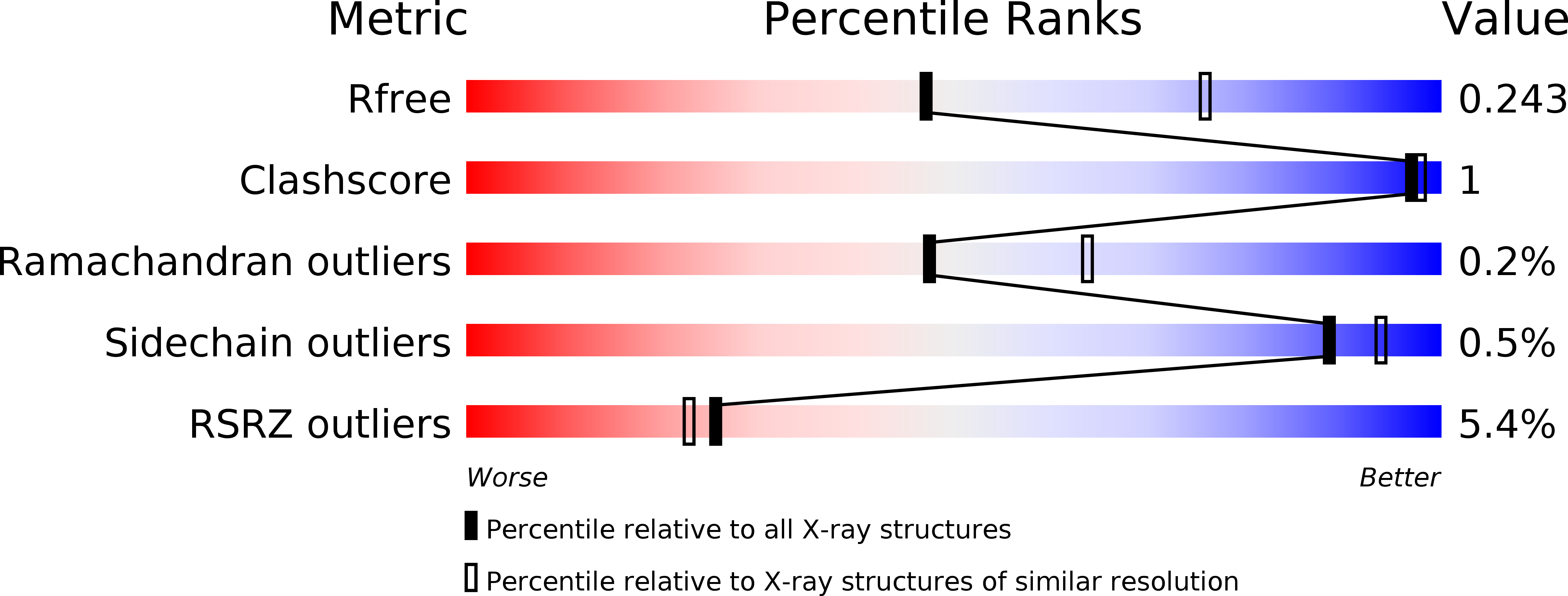
Deposition Date
2017-07-25
Release Date
2017-08-23
Last Version Date
2024-05-08
Entry Detail
PDB ID:
5OKN
Keywords:
Title:
Crystal structure of human SHIP2 Phosphatase-C2 D607A mutant
Biological Source:
Source Organism:
Homo sapiens (Taxon ID: 9606)
Host Organism:
Method Details:
Experimental Method:
Resolution:
2.65 Å
R-Value Free:
0.24
R-Value Work:
0.20
R-Value Observed:
0.20
Space Group:
P 21 21 21


